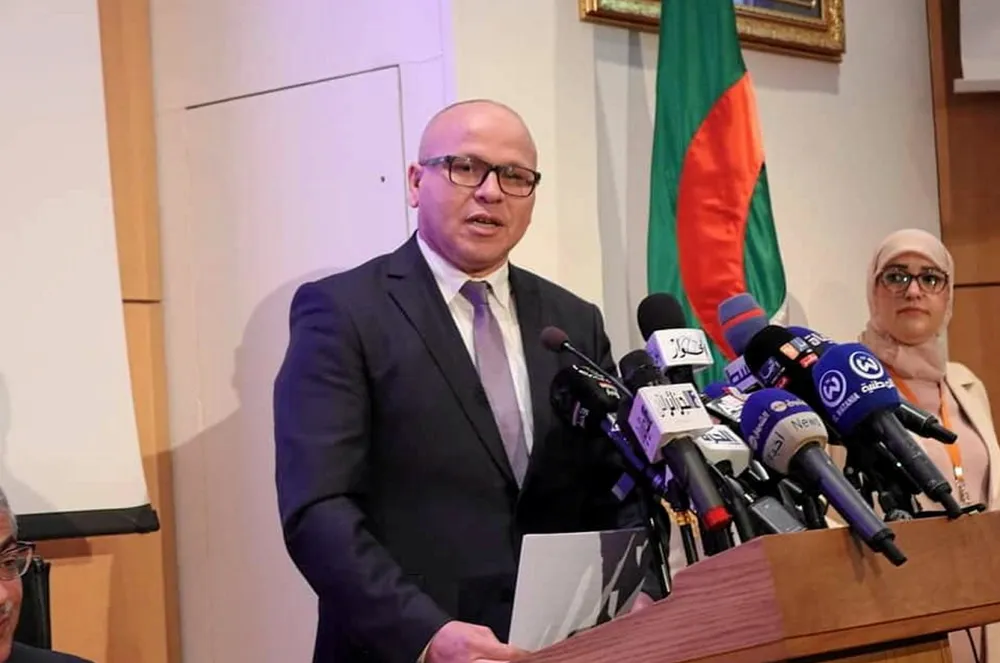Algeria aims to supply Europe with 10% of its clean hydrogen needs by 2040 in new national H2 roadmap
North African nation will produce both green and blue hydrogen, which it might pump to Italy via pipeline

North African nation will produce both green and blue hydrogen, which it might pump to Italy via pipeline
